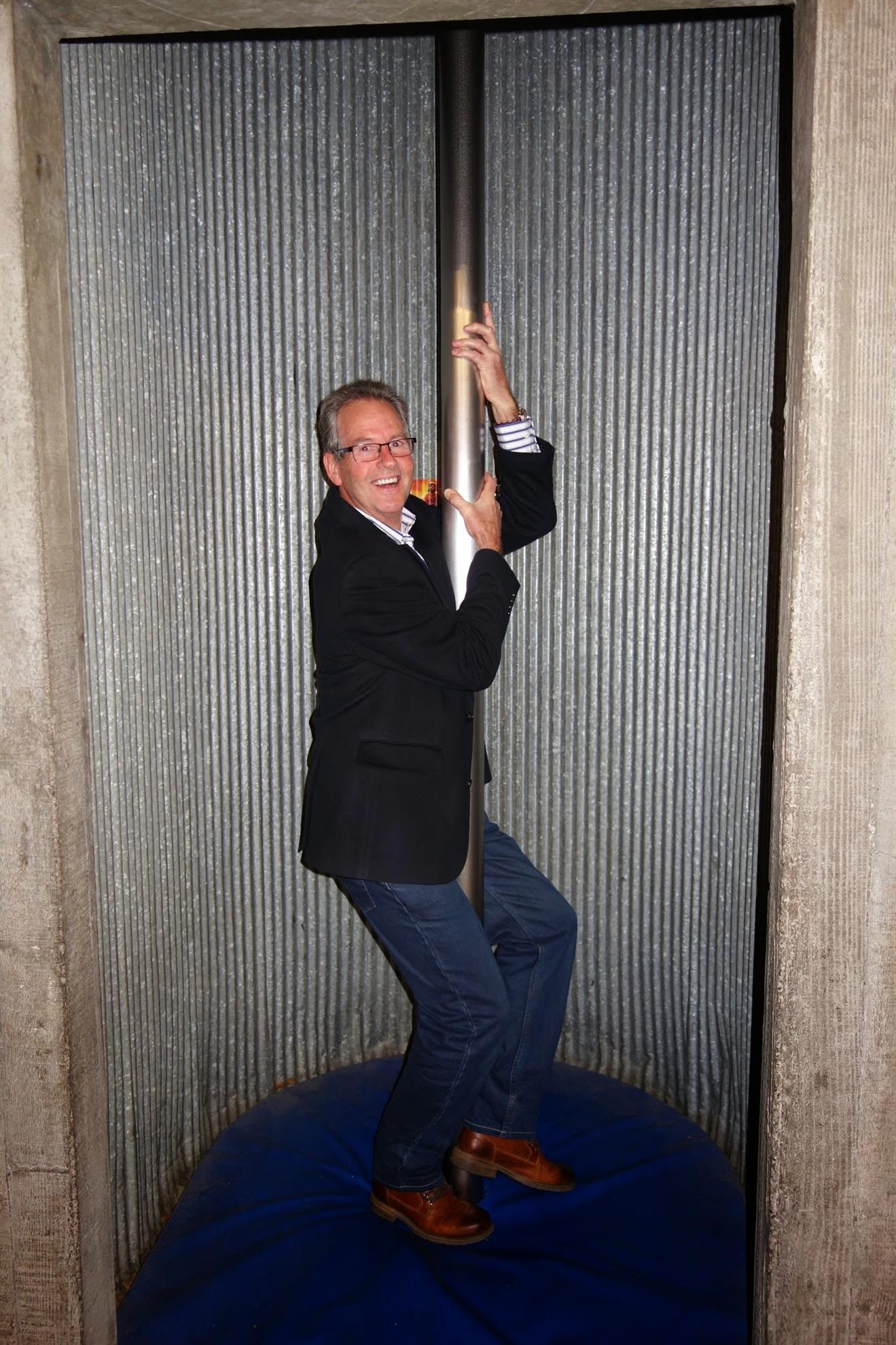 A dozen members gathered at Stuart Ellis’ Emergency Services office in East Melbourne last Monday 12/5/14 before their trip to the nearby No 1 Metropolitan Fire Brigade Station to see how our fire protection service works. Stuart had thoughtfully laid out a table full of marginally alcoholic beverages.
A dozen members gathered at Stuart Ellis’ Emergency Services office in East Melbourne last Monday 12/5/14 before their trip to the nearby No 1 Metropolitan Fire Brigade Station to see how our fire protection service works. Stuart had thoughtfully laid out a table full of marginally alcoholic beverages.He explained that fire trucks worked to a 7.7 minute response time, which is about the time it takes for a kitchen fire to spread to the next room. (Ambulances have a 15-minute response time). The city towers are well engineered against fires but the risk remains for homes. His office looks at fire issues on a national basis, including aerial assets and federal state coordination.
The MFB have been doing emergency medical work for ten years as they are often on the scene before an ambulance, as ambulances are often busy with routine patient transfers.
We learnt a lot about how the fire service operates and is administered, and any notions we had that fireys spent a lot of time in their bunks were dispelled.
At the station itself we watched the shift changeover with briefings and task allocation for the 6pm shift. There were about seven 10-20 tonne trucks ready to roll with a 90 second response time, usually with a second truck from another station routed in in case traffic snarls delayed one truck. About 80% of calls are false alarms.
Fire trucks are increasingly automated for fire reactions, the officer was explaining, when a few minutes later an alarm call came in. With quiet efficiency, a truck filled up with firemen, stepping into boots and fire-suits and red braces.  Our president Doug, carried away, slid dramatically down the traditional fireys' pole.
Our president Doug, carried away, slid dramatically down the traditional fireys' pole.
 Our president Doug, carried away, slid dramatically down the traditional fireys' pole.
Our president Doug, carried away, slid dramatically down the traditional fireys' pole.We had explained to us the judgement needed by drivers rushing to a fire – they can run red lights but woe betide them if they cause an accident. Fireys are also subject to worksafe rules. They are not allowed on top of trucks because it is higher than 2m, and a remote-controlled water cannon is used instead.
In most house fires fireys have to get on the roof to lift tiles and get access and this is another issue of worksafe practices. House fires are always potentially dangerous because you never know what a person has stored in his shed, for example, such as explosive chemicals. Drug cookers also cause a lot of fires.
We were excited to get inside the huge communications bus, and talk to its driver Frances, a diminutive female driver. The truck goes to large fires as a management centre and can expand to double its normal width as a conference centre. It is too high at 4.3m to go under various city bridges. Top officials in the bus run logistics such as meals and coordination.
The station gets 3600 calls a year – equal to 10 per shift. Australia is among the highest performers in the world in terms of containing fires to their point of origin, but good detection systems also create a high false-alarm rate.
As we were being briefed, there was an alarm callout of the big HQ bus to a chemical fire at Coolaroo, and it moved out smoothly festooned with alarm lights and warnings. Then we were shown equipment and procedures for heart attacks.
 The service gets 10,000 calls a year for medical responses and the survival rate of patients is very high.
The service gets 10,000 calls a year for medical responses and the survival rate of patients is very high.We were finally shown around the “Brontosaurus” – the biggest truck, 24 tonnes, with ladders able to reach 12 floors high or 37m, and also capable of traversing 15m below ground level.
We all gave big thanks to the station and Stuart for such a great briefing, and wasted the rest of the evening drinking Merlot and eating gourmet pizzas etc at Duca restaurant on Wellington Parade. #
